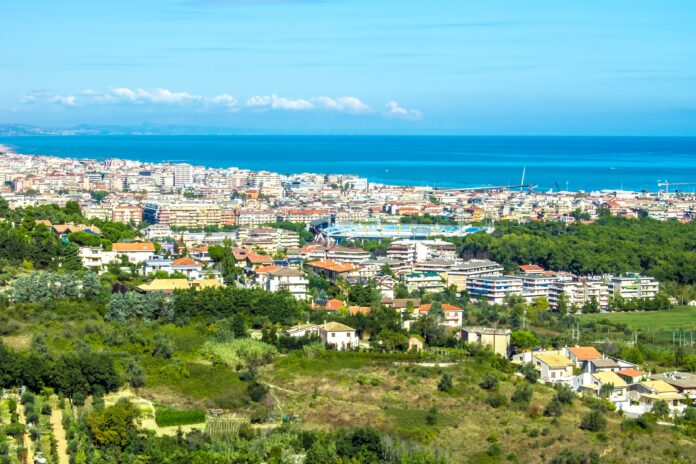The latest, with Trans Europe Asia System (TEAS), will provide two new routes between Europe and India
Exa Infrastructure, which operates infrastructure and data centres, has struck a deal to link its European network to Cinturian’s Trans Europe Asia System (TEAS) network.
The plan is to do this by landing a new, dual-path connection to the TEAS on Italy’s Adriatic coast at Pescara (pictured). The two new connections will link Europe to India via the Middle East – one via the Red Sea and the other via Jordan.
TEAS for India
“Connecting these two expansive infrastructure assets is a significant step forward for the routing of digital traffic between Europe, the Middle East and India,” said Exa’s Chief Commercial Officer, Nicholas Collins.
He added, “At Pescara, Exa will provide a direct link into a network with the broadest geographic footprint in Europe [and] with the highest level of resiliency bolstered by additional new fibre in Italy. This is the latest investment by our business as we work to provide the best and broadest long-haul digital infrastructure in Europe.”
Links to Latin America
Earlier this month, Exa also signed a deal with EllaLink to boost connections between Europe and Latin America and said it had invested €210 million in its network since it was acquired by Square Capital in September 2021.
TAPping south-east to western Europe
Also in May, it announced a Memorandum of Understanding for a joint venture with the Trans Adriatic Pipeline AG (TAP), part of the Southern Gas Corridor transporting natural gas from Azerbaijan to Europe, to build a new fibre route connecting France with Turkey in a 878km expansion of its network.
This will create the only direct connection between south-east and western Europe to provide high-levels of redundancy over the alternative, multi-stage routes.
Ambition abounds
Exa pledged to increase its capex this year but did not provide details beyond announcing that the network build and optimisation programme will primarily focus on routes in the Mediterranean region in southern and eastern Europe.
This is part of the company’s mission to become “the undisputed leader in the European digital infrastructure market, with the broadest geographical coverage across the continent and transatlantic routes”.



